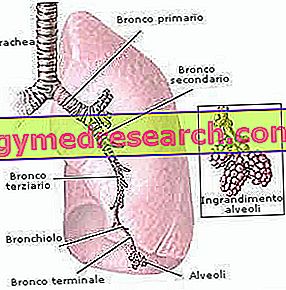The new plant cells are produced by dividing tissues called meristems.
Plants have particular regions of cell division called meristems . In practice, all nuclear (mitosis) and cellular (cytokinesis) divisions occur in these meristematic areas.
In a young plant, the most active meristems are typically located at the end of the stem and root, and are called apical meristems. At the level of the nodes, the axillary buds contain the apical meristems of the new shoots. The lateral roots are formed by the periculum and by internal meristematic tissues.
In the immediately distal zones, and around the meristematic regions, there are zones of cellular elongation in which the cells increase considerably in length and thickness. Differentiation into specialized cells usually occurs after cellular distension.
How a meristematic cell works. The meristematic cell, when divided, gives rise to two cells, one of which remains meristematic, grows larger and prepares for a new division, while the other is slowly differentiating itself, according to its destiny, until it becomes adult and enter into be part of a specific fabric. In this way the practically infinite duration of the embryonic tissue is assured.
The annual circles: they are the result of a production (during the autumn in our climates) of wood with narrower light elements that contrast sharply with those of the following spring with a large lumen (resumption of the vegetative period). In plants of equatorial climates, lacking a seasonal cycle, it is not possible to count the years on a section of trunk.
Felloderma: characteristic meristematic fabric with wedges, not continuous, to allow the elimination of phloem no longer functional.



